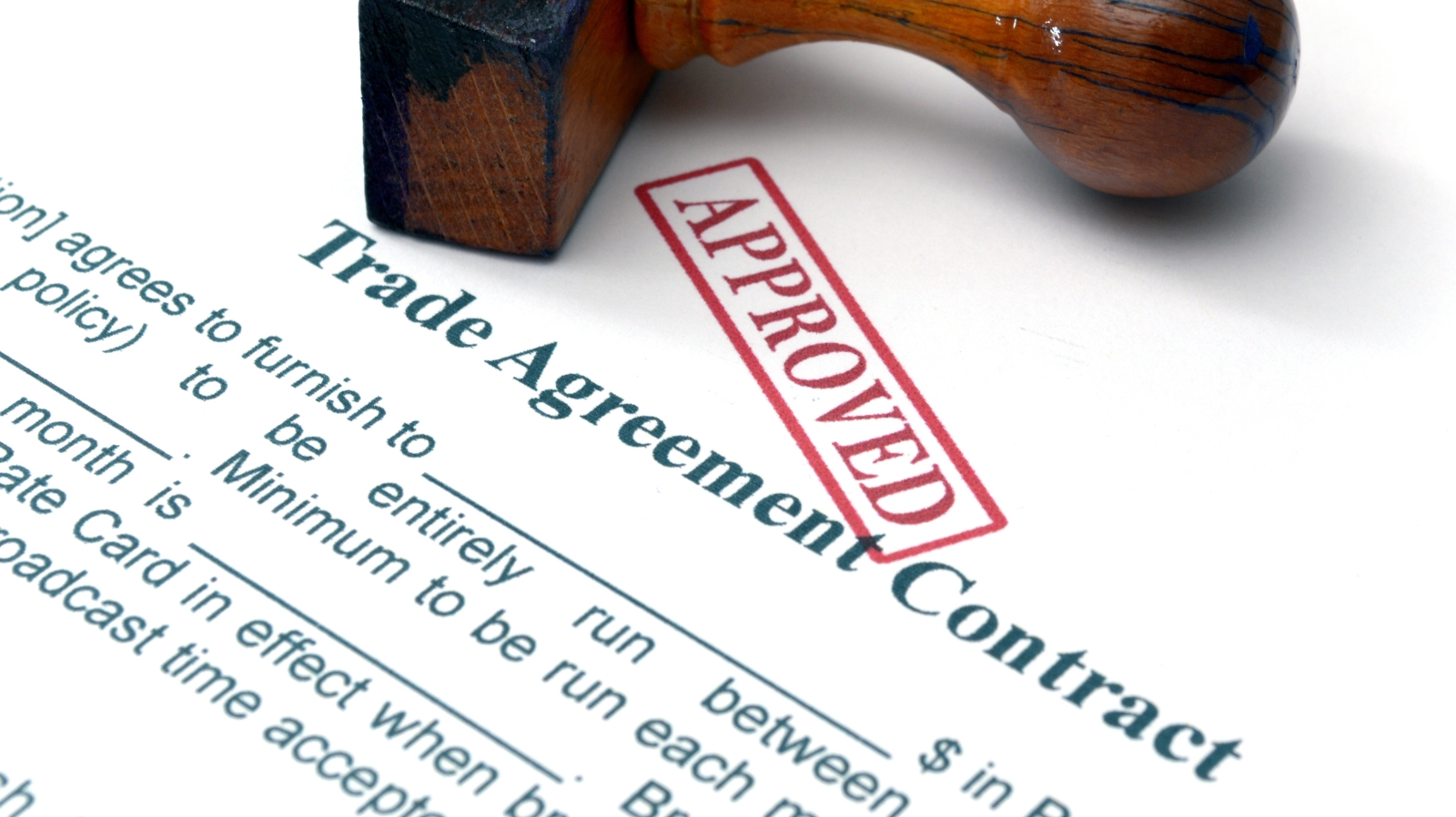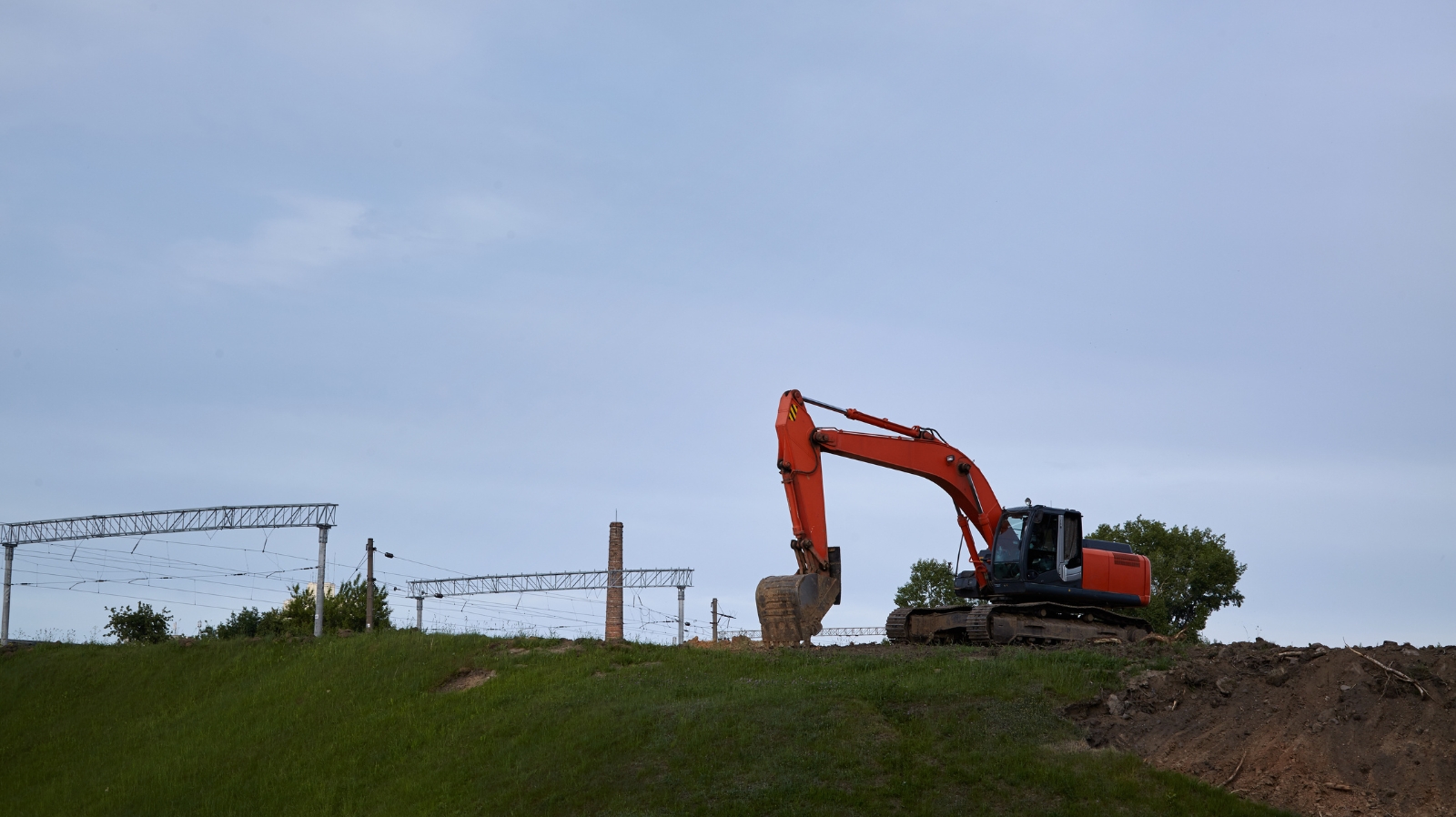The historic power flow of 40 MW hydroelectricity from Nepal to Bangladesh via the Indian grid has opened a new chapter in our economic partnership — a symbolic beginning with the potential to promote hydropower cooperation as the centerpiece of our bilateral relations.






